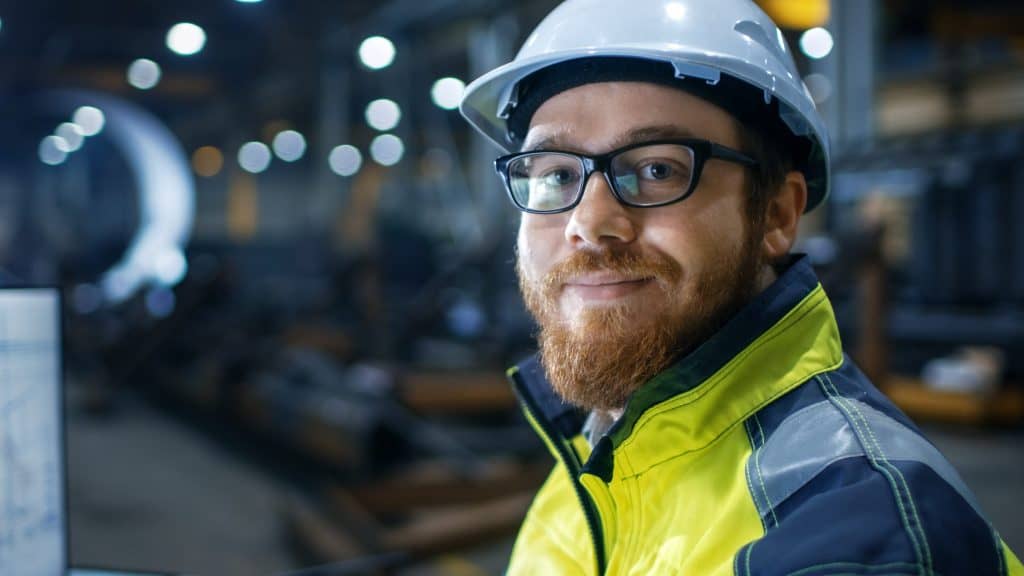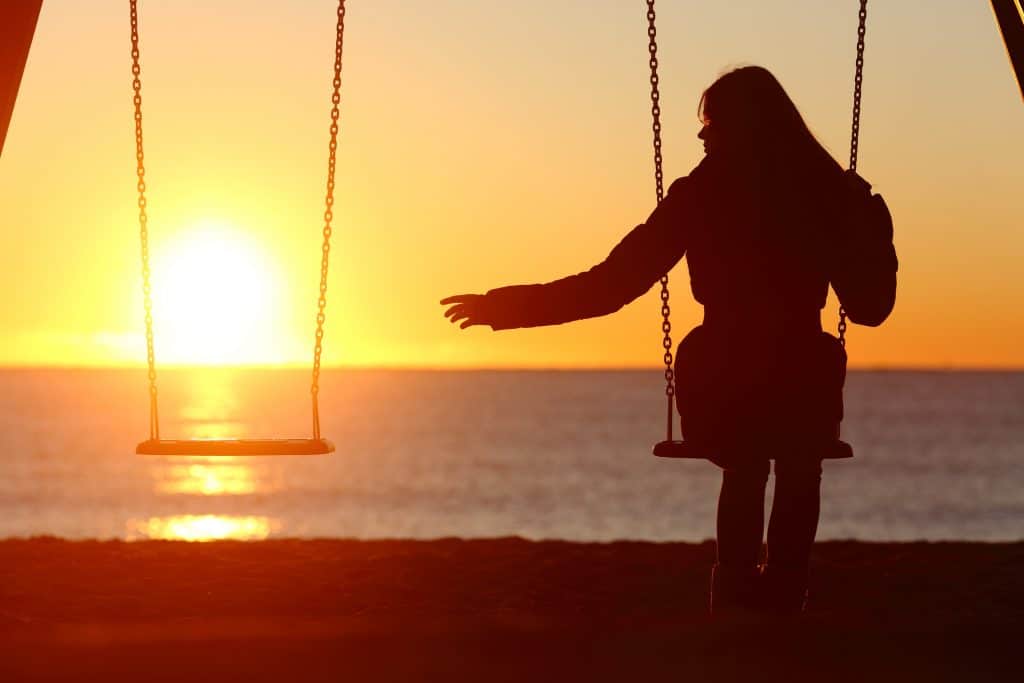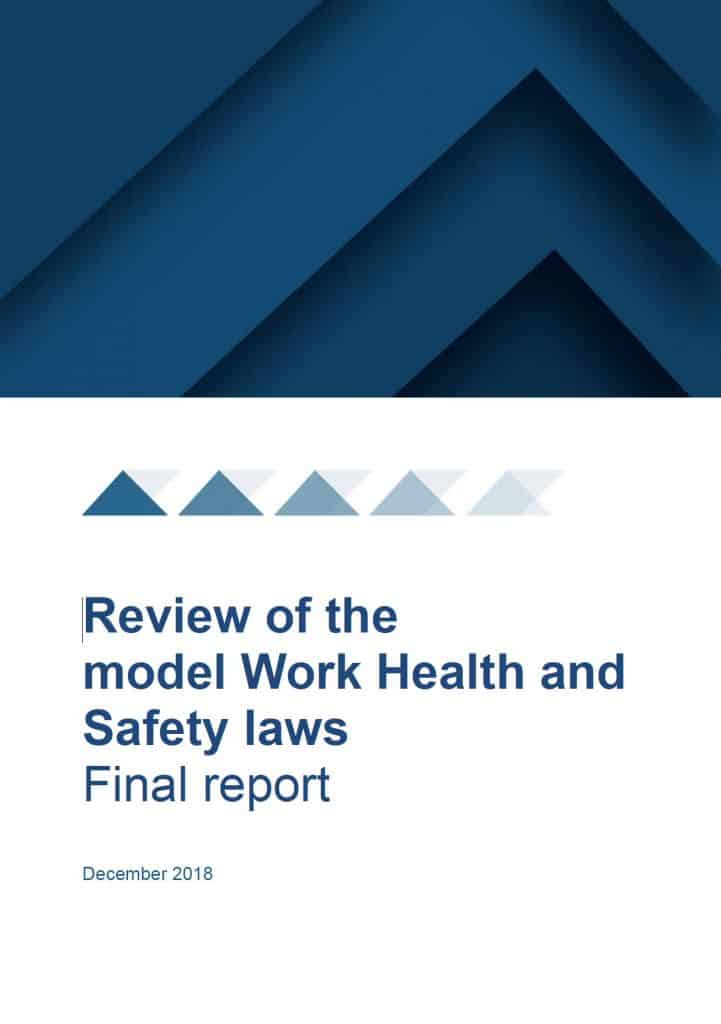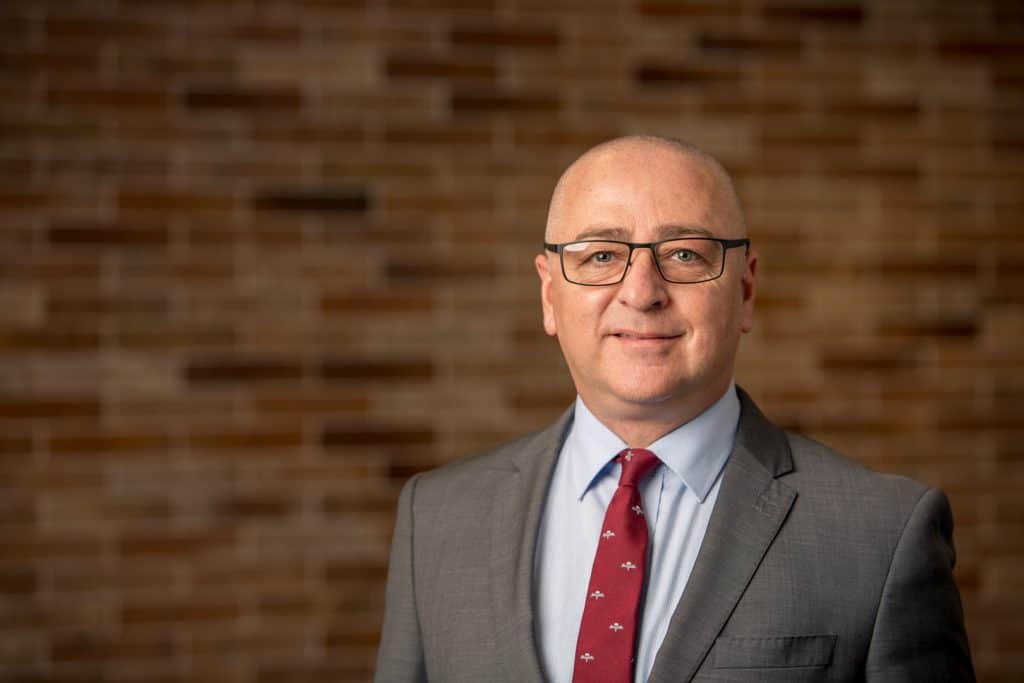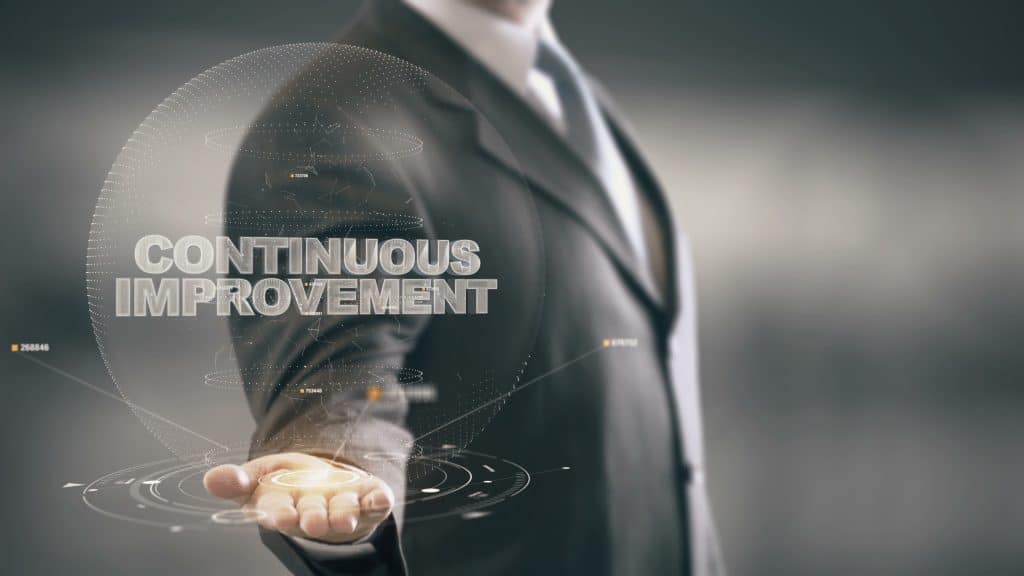
Yesterday (April 4, 2019) SafeWorkSA dropped charges against the Department of Planning, Transport and Infrastructure (DPTI) over breaches of the workplace health and safety legislations that contributed to the death of 54-year-old Debra Summers, in exchange for an Enforceable Undertaking (EU). This move had been flagged earlier noting that it was unusual to accept an EU when a workplace fatality had occurred.
SafeWorkSA’s Executive Director, Martyn Campbell, spoke exclusively with SafetyAtWorkBlog earlier this week to provide more context to the acceptance of the EU. He has spoken to the Summers family in the preparation of the EU and said that some of the request of the family have been incorporated. He also outlined the circumstances of Debra Summers’ death:

